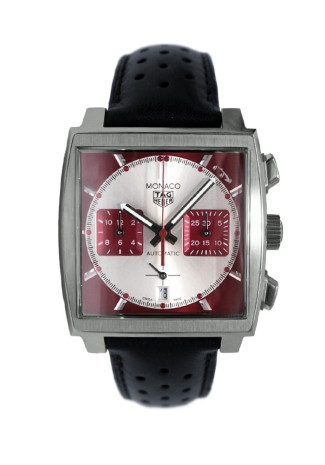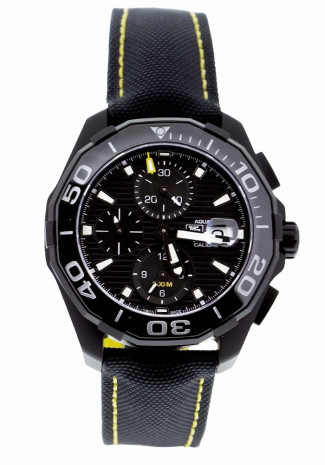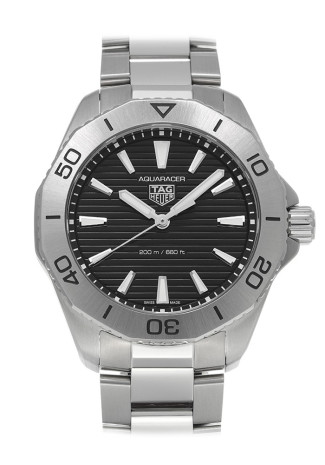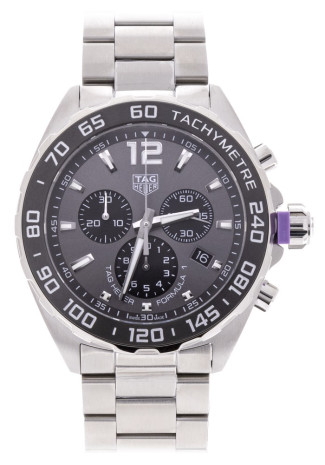The Monaco: Tag Heuer's Timeless Icon
Since its debut in 1969, the Monaco has remained an iconic and integral part of Tag Heuer's legacy, captivating enthusiasts with its unique allure. What sets this timepiece apart? Is it solely the distinctive shape, or does its significance delve deeper into the brand's narrative? Let's explore the enduring fascination behind Tag Heuer's Monaco.

McQueen
Heuer introduced the Monaco in homage to the Monaco Grand Prix, presenting an audacious departure from convention with its square case—a revolutionary design choice for a chronograph at the time. However, the Monaco truly cemented its legendary status when Steve McQueen donned it in the 1971 classic 'Le Mans,' elevating the timepiece to an iconic symbol instantly associated with the legendary actor. Despite decades passing since McQueen's time, the Monaco remains inexorably linked to his legacy, underscoring its enduring cultural impact.






